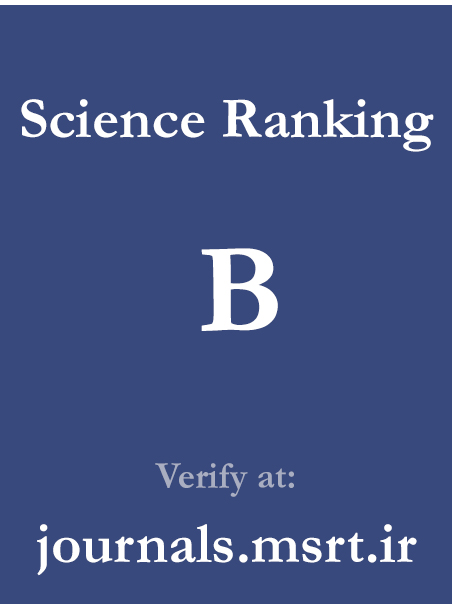Predicting Internet Addiction Based on Attachment Styles to Parents and Peers, Personality Traits, and Experiential Avoidance Among High School Students
Keywords:
Internet addiction, attachment styles to parents and peers, personality traits, experiential avoidanceAbstract
The present study aimed to determine the prediction of internet addiction based on attachment styles to parents and peers, personality traits, and experiential avoidance among high school students in Baghdad. The research method was applied in terms of purpose and descriptive-correlational in terms of data type and research procedure. The statistical population included all high school students (second cycle) in Baghdad during the 2024–2025 academic year. Using multistage random sampling and based on the sample size formula by Tappachick and Fidel (2013), which suggests selecting 10 to 20 participants per variable in correlational studies, 12 participants were selected per variable and sub-variable, resulting in a total sample size of 300 students. Data were collected using the following instruments: Kimberly Young’s Internet Addiction Questionnaire, Armsden and Greenberg’s Attachment to Peers and Parents Scale, the NEO Five-Factor Inventory, and the Experiential Avoidance Questionnaire by Gámez et al. The collected data were analyzed using stepwise multiple regression through SPSS version 26. The results of the internal correlation analysis revealed a significant relationship between internet addiction and the following variables: parental attachment (β = 0.45), peer attachment (β = 0.32), neuroticism (β = 0.50), extraversion (β = 0.41), openness to experience (β = 0.43), agreeableness (β = 0.44), conscientiousness (β = 0.46), and experiential avoidance (β = 0.43), with all relationships being significant at p < .001. Moreover, the results of the stepwise regression analysis indicated that among the predictor variables, the personality traits of neuroticism, conscientiousness, openness to experience, and agreeableness played a significant and effective role in predicting internet addiction in high school students (p < .001), while extraversion did not have a significant role in this regard (p > .001). Among the dimensions of attachment, parental attachment followed by peer attachment had a significant role in predicting internet addiction among high school students (p < .001). Experiential avoidance also emerged as a significant predictor of internet addiction (p < .001).
Downloads
Downloads
Published
Submitted
Revised
Accepted
Issue
Section
License
Copyright (c) 2025 Mohammad Faleh Ghasem Aljazayeri (Author); Mansoureh Bahramipour Isfahani (Corresponding author); Abbas Ali Shallal , Zahra Yousefi (Author)

This work is licensed under a Creative Commons Attribution-NonCommercial 4.0 International License.

